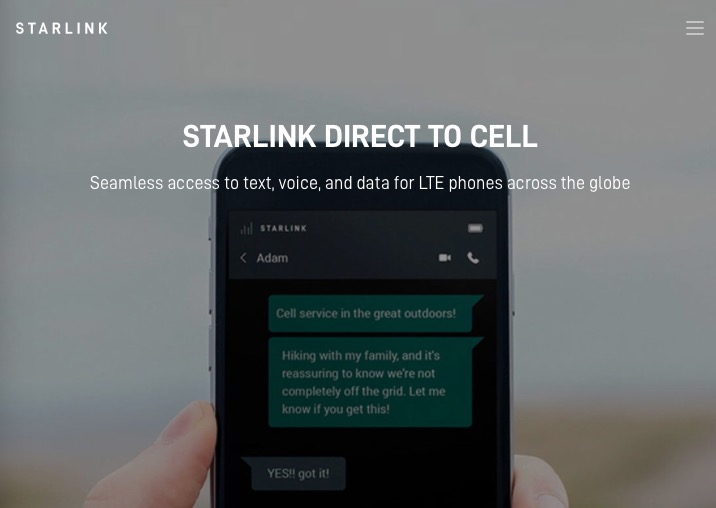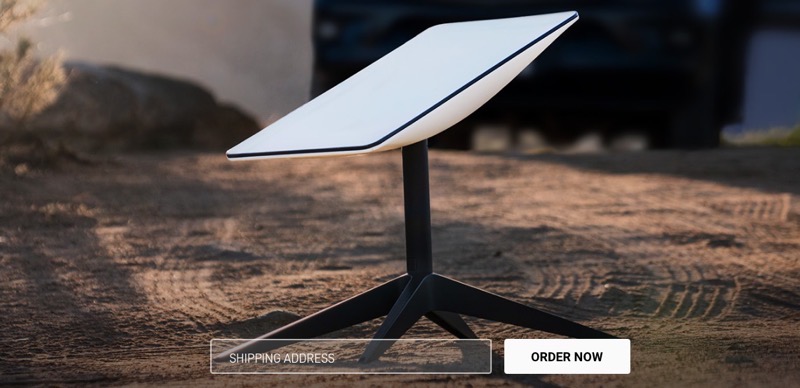
SpaceX Completes Starlink Direct to Cell Test, Posting on X
SpaceX has made a groundbreaking announcement, marking a significant milestone in its Starlink satellite internet technology.
On Sunday, February 25, 2024, the company revealed that it successfully posted on X (formerly Twitter) from a smartphone directly to one of its Direct to Cell satellites, a first of its kind achievement. The post, which included a photo of tree cover in a small valley in the Santa Cruz Mountains, was part of an exchange of direct messages (DMs) on X earlier that day, demonstrating the capability of SpaceX’s innovative Direct to Cell technology.
Elon Musk, SpaceX’s CEO, congratulated the team on their progress, highlighting the significance of this development. Ben Longmier, Senior Director, Satellite Engineering at SpaceX, responded with gratitude and noted the superior cell signal strength provided by these satellites, especially in areas just outside the tech hub of Silicon Valley.
This post was sent through a SpaceX Direct to Cell satellite in space 🛰️
— SpaceX (@SpaceX) February 26, 2024
SpaceX’s Direct to Cell technology, developed by the Starlink team, aims to connect cell phones directly to satellites, overcoming several technical and regulatory challenges. Traditional terrestrial networks rely on stationary cell towers, whereas satellite networks involve moving objects traveling at high speeds relative to users on Earth. This dynamic requires seamless handoffs between satellites and adjustments for Doppler shift and timing delays, among other factors.
To address these challenges, Starlink satellites equipped with the Direct to Cell payload feature advanced custom silicon, phased array antennas, and sophisticated software algorithms. These technologies enable standard LTE service to cell phones on the ground, promising a future of ubiquitous connectivity without the need for specialized equipment or apps.
On January 2, 2024, SpaceX launched its first six Starlink satellites with Direct to Cell capabilities into orbit. Less than six days later, the team sent and received the first text messages to and from unmodified cell phones using T-Mobile’s network spectrum, validating the system’s functionality.
The Direct to Cell network is set to expand Starlink’s vision by providing text, voice, data, and Internet of Things (IoT) services globally. Starting with text service in 2024, SpaceX plans to introduce voice, data, and IoT services in 2025, launching a constellation of hundreds of satellites to support these capabilities. This test to X confirms a data test.
SpaceX’s partnership with T-Mobile, along with deals with other global operators, leverages critical LTE spectrum to transmit satellite signals, enabling seamless integration with existing mobile networks. This collaboration will allow Starlink to operate like a standard roaming partner, providing direct and seamless services to customers of participating operators.


